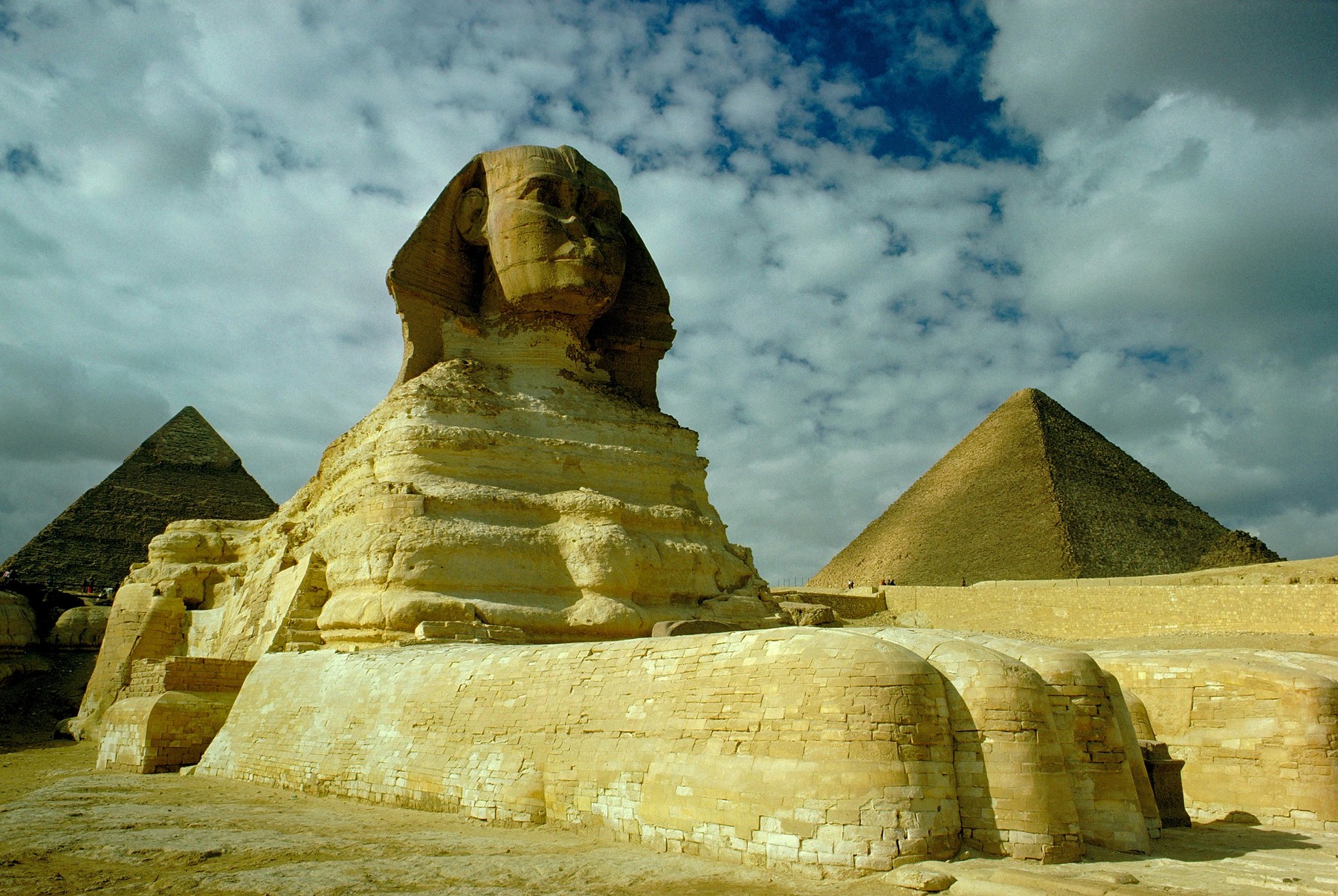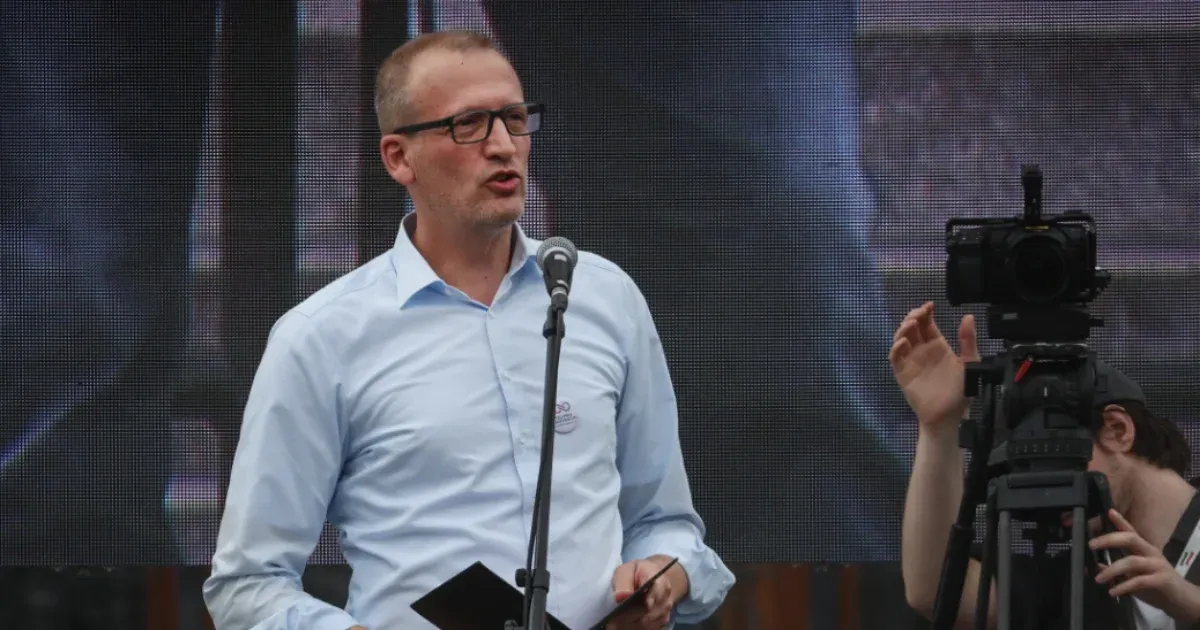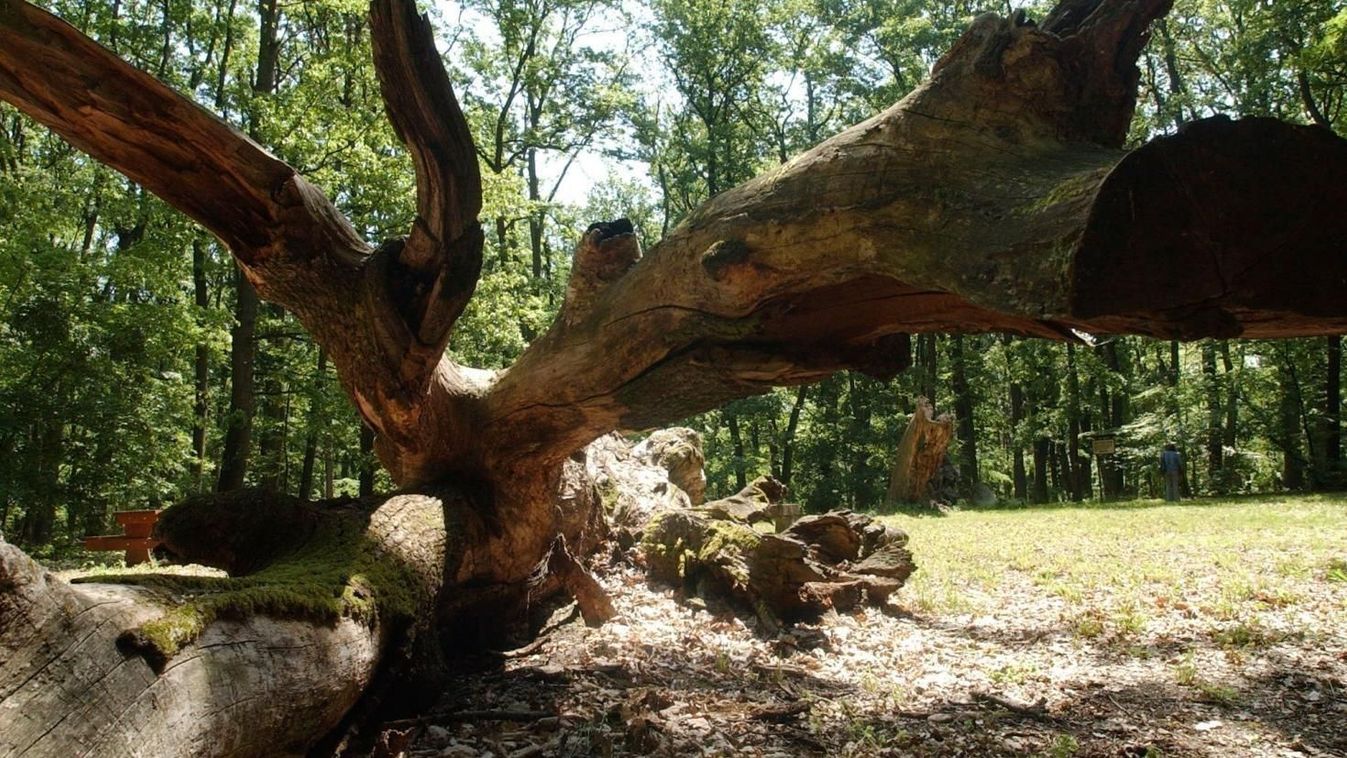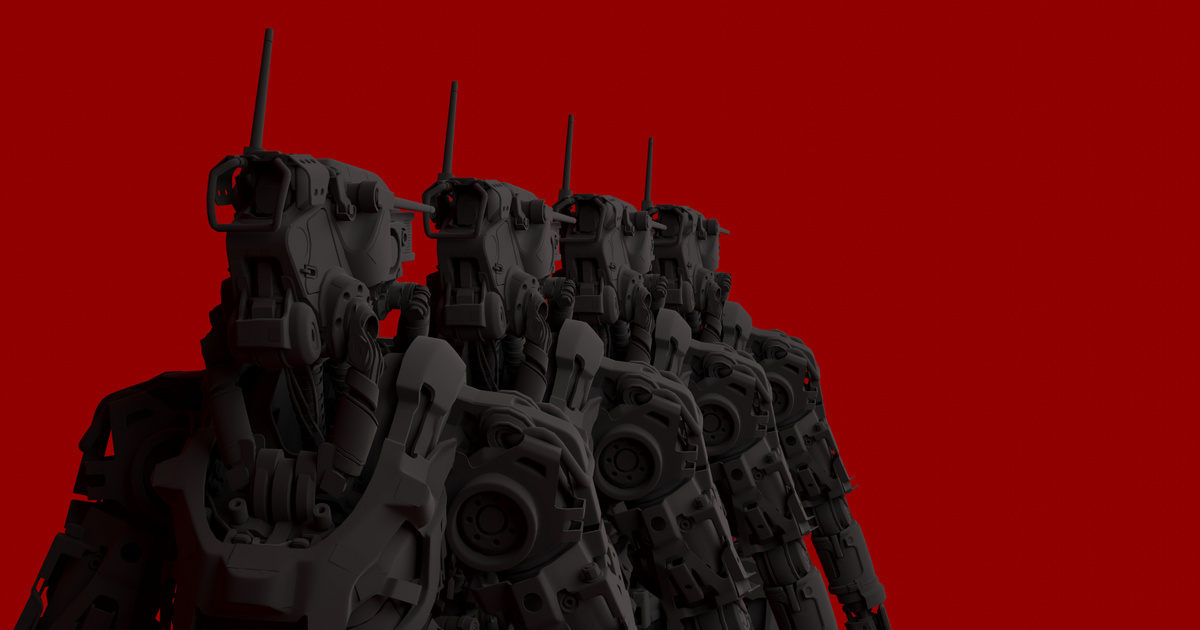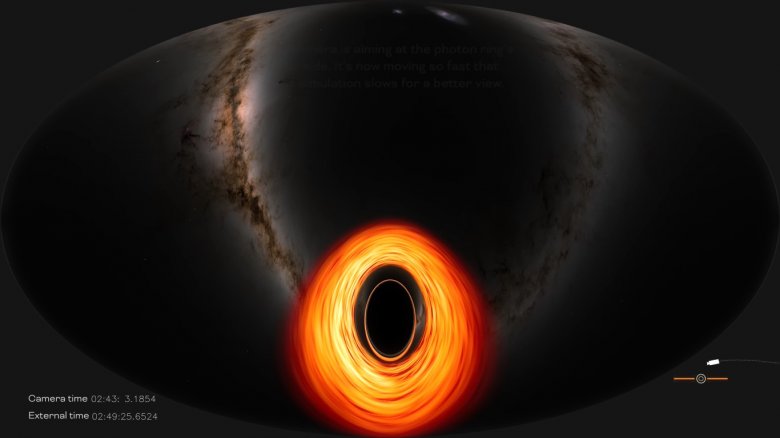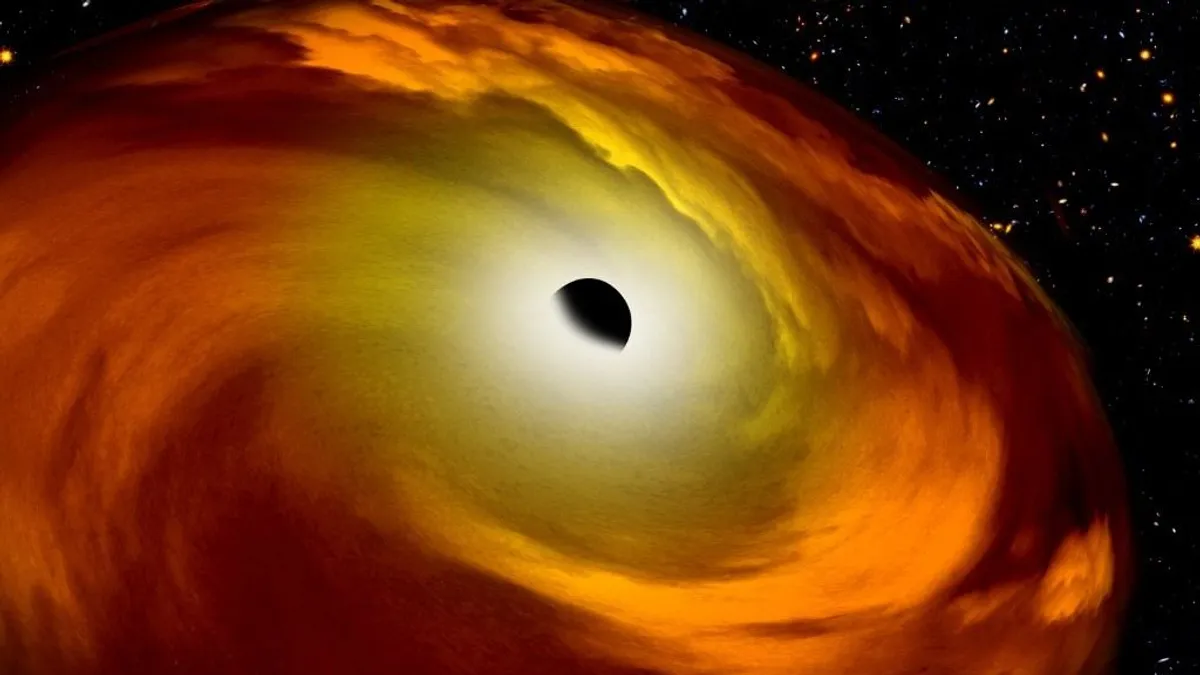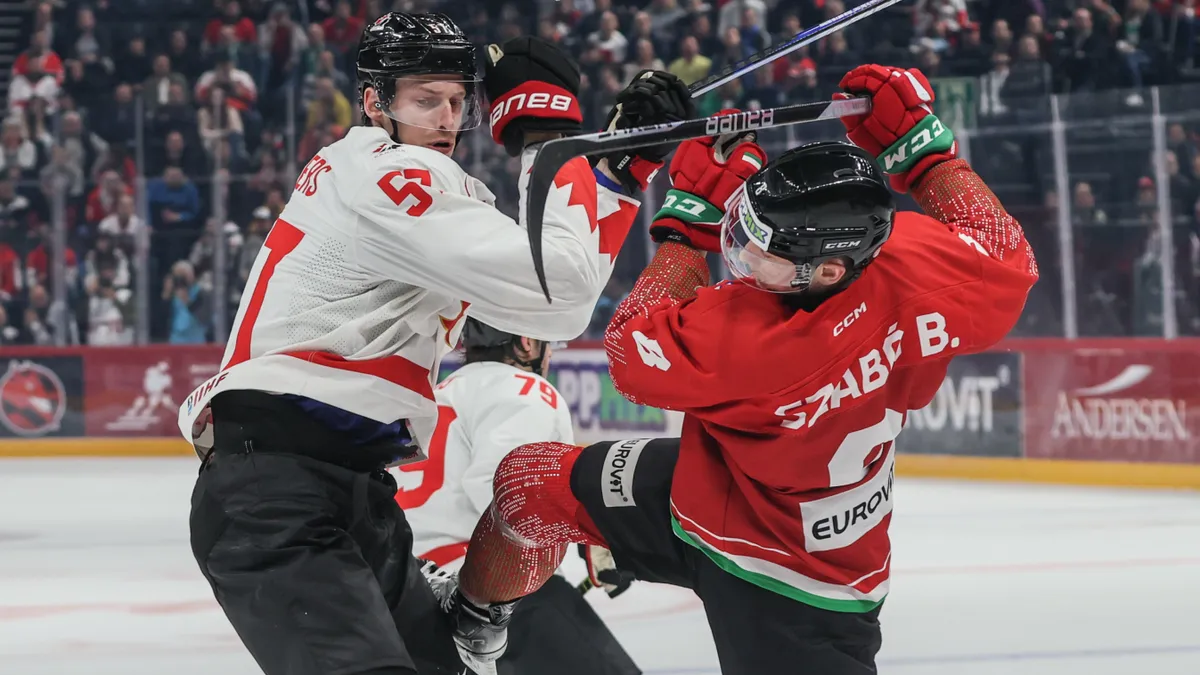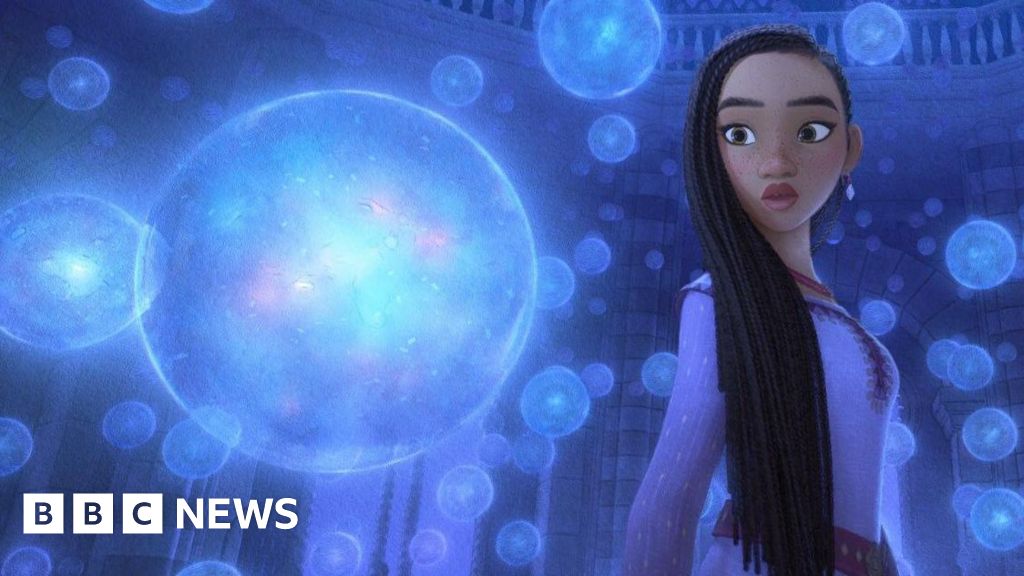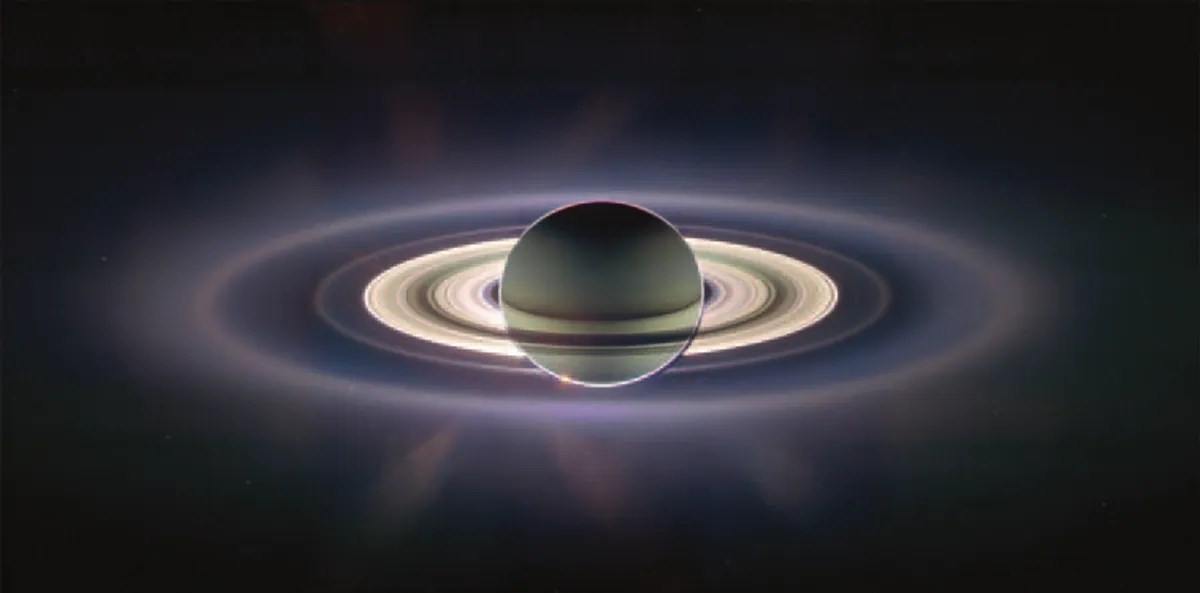[{“available”:true,”c_guid”:”c1f5a23b-30bd-4f4c-b60d-998a9f18830d”,”c_author”:”hvg.hu”,”category”:”kkv”,”description”:”Átlagosan 2,3 százalékkal olcsóbban termelt a magyar ipar, mint tavaly ilyenkor.”,”shortLead”:”Átlagosan 2,3 százalékkal olcsóbban termelt a magyar ipar, mint tavaly ilyenkor.”,”id”:”20230928_ipari_arak_ksh”,”image”:”https://api.hvg.hu/Img/ffdb5e3a-e632-4abc-b367-3d9b3bb5573b/c1f5a23b-30bd-4f4c-b60d-998a9f18830d.jpg”,”index”:0,”item”:”515c4338-d849-4da3-af93-6a69e1eccacc”,”keywords”:null,”link”:”/kkv/20230928_ipari_arak_ksh”,”timestamp”:”2023. szeptember. 28. 08:41″,”title”:”Évek óta nem történt ilyen: csökkentek az ipari árak”,”trackingCode”:”RELATED”,”c_isbrandchannel”:false,”c_isbrandcontent”:false,”c_isbrandstory”:false,”c_isbrandcontentorbrandstory”:false,”c_isbranded”:false,”c_ishvg360article”:false,”c_partnername”:null,”c_partnerlogo”:”00000000-0000-0000-0000-000000000000″,”c_partnertag”:null},{“available”:true,”c_guid”:”8d1505fc-da3e-4fbe-b521-b4a2b5757fc5″,”c_author”:”hvg.hu”,”category”:”itthon”,”description”:”A Labrisz Egyesület évek óta pereskedik a kormánylapban megjelent állítások miatt.”,”shortLead”:”A Labrisz Egyesület évek óta pereskedik a kormánylapban megjelent állítások miatt.”,”id”:”20230928_Alkotmanybirosag_alaptorvenyellenes_Magyar_Nemzet_pedofilia_Meseorszag_Mindenkie_Labrisz”,”image”:”https://api.hvg.hu/Img/ffdb5e3a-e632-4abc-b367-3d9b3bb5573b/8d1505fc-da3e-4fbe-b521-b4a2b5757fc5.jpg”,”index”:0,”item”:”a917ecaa-463b-4644-a6f3-b75ee2369264″,”keywords”:null,”link”:”/itthon/20230928_Alkotmanybirosag_alaptorvenyellenes_Magyar_Nemzet_pedofilia_Meseorszag_Mindenkie_Labrisz”,”timestamp”:”2023. szeptember. 28. 13:54″,”title”:”Az Ab szerint nem volt alaptörvény-ellenes, hogy a Magyar Nemzet pedofíliához hasonlította a Meseország kiadóját”,”trackingCode”:”RELATED”,”c_isbrandchannel”:false,”c_isbrandcontent”:false,”c_isbrandstory”:false,”c_isbrandcontentorbrandstory”:false,”c_isbranded”:false,”c_ishvg360article”:false,”c_partnername”:null,”c_partnerlogo”:”00000000-0000-0000-0000-000000000000″,”c_partnertag”:null},{“available”:true,”c_guid”:”17b57cbc-82d4-471f-b64e-fc4993fbd2ec”,”c_author”:”Marabu”,”category”:”gazdasag”,”description”:””,”shortLead”:””,”id”:”20230929_Marabu_Feknyuz_Orban_es_az_inflacio”,”image”:”https://api.hvg.hu/Img/ffdb5e3a-e632-4abc-b367-3d9b3bb5573b/17b57cbc-82d4-471f-b64e-fc4993fbd2ec.jpg”,”index”:0,”item”:”aead6547-222f-45be-8210-3e9296fe483a”,”keywords”:null,”link”:”/gazdasag/20230929_Marabu_Feknyuz_Orban_es_az_inflacio”,”timestamp”:”2023. szeptember. 29. 05:05″,”title”:”Marabu Féknyúz: Orbán és az infláció”,”trackingCode”:”RELATED”,”c_isbrandchannel”:false,”c_isbrandcontent”:false,”c_isbrandstory”:false,”c_isbrandcontentorbrandstory”:false,”c_isbranded”:false,”c_ishvg360article”:false,”c_partnername”:null,”c_partnerlogo”:”00000000-0000-0000-0000-000000000000″,”c_partnertag”:null},{“available”:true,”c_guid”:”586595a8-85e9-4ee4-80e5-439fa6b45aae”,”c_author”:”hvg.hu”,”category”:”kultura”,”description”:”A közel hét és fél perces gospel, blues és soul alapú Sweet Sounds Of Heavent élőben vették fel a stúdióban.”,”shortLead”:”A közel hét és fél perces gospel, blues és soul alapú Sweet Sounds Of Heavent élőben vették fel a stúdióban.”,”id”:”20230928_Lady_Gaga_Stevie_Wonder_Rolling_Stones_uj_dal”,”image”:”https://api.hvg.hu/Img/ffdb5e3a-e632-4abc-b367-3d9b3bb5573b/586595a8-85e9-4ee4-80e5-439fa6b45aae.jpg”,”index”:0,”item”:”2571a1a5-fa92-42cc-8a0b-f4557dd343ec”,”keywords”:null,”link”:”/kultura/20230928_Lady_Gaga_Stevie_Wonder_Rolling_Stones_uj_dal”,”timestamp”:”2023. szeptember. 28. 20:14″,”title”:”Lady Gagával és Stevie Wonderrel erősítve érkezik a Rolling Stones új dala”,”trackingCode”:”RELATED”,”c_isbrandchannel”:false,”c_isbrandcontent”:false,”c_isbrandstory”:false,”c_isbrandcontentorbrandstory”:false,”c_isbranded”:false,”c_ishvg360article”:false,”c_partnername”:null,”c_partnerlogo”:”00000000-0000-0000-0000-000000000000″,”c_partnertag”:null},{“available”:true,”c_guid”:”b9dc6095-844c-43c9-9516-a2fe2831acea”,”c_author”:”hvg.hu”,”category”:”tudomany”,”description”:”2001 és 2023 között számos Harry Potter-videójátékot dobtak piacra, egy videó pedig remekül bemutatja, hogyan fejlődött Albus Dumbledore ábrázolása ezekben – akit a legtöbb filmben a csütörtökön meghalt Sir Michael Gambon alakított.”,”shortLead”:”2001 és 2023 között számos Harry Potter-videójátékot dobtak piacra, egy videó pedig remekül bemutatja, hogyan fejlődött…”,”id”:”20230928_albus_dumbledore_karakter_abrazolasa_harry_potter_videojatekok_roxfort_igazgato_video”,”image”:”https://api.hvg.hu/Img/ffdb5e3a-e632-4abc-b367-3d9b3bb5573b/b9dc6095-844c-43c9-9516-a2fe2831acea.jpg”,”index”:0,”item”:”3275db7b-7ee2-40cc-92b9-28760f771c2c”,”keywords”:null,”link”:”/tudomany/20230928_albus_dumbledore_karakter_abrazolasa_harry_potter_videojatekok_roxfort_igazgato_video”,”timestamp”:”2023. szeptember. 28. 15:05″,”title”:”Előttünk rajzolódott ki a legenda: így változott Dumbledore karaktere a Harry Potter-játékokban”,”trackingCode”:”RELATED”,”c_isbrandchannel”:false,”c_isbrandcontent”:false,”c_isbrandstory”:false,”c_isbrandcontentorbrandstory”:false,”c_isbranded”:false,”c_ishvg360article”:false,”c_partnername”:null,”c_partnerlogo”:”00000000-0000-0000-0000-000000000000″,”c_partnertag”:null},{“available”:true,”c_guid”:”2e97d155-f3d0-47a7-a263-a6aa6f10c30b”,”c_author”:”Windisch Judit”,”category”:”360″,”description”:”Nem járt mind a 14 nyolcezres hegy csúcsán Reinhold Messner, teljesítményét törölték a Guinness Rekordok Könyvéből, és helyette az amerikai Ed Viesturst ismernék el csúcstartónak – robbant a „bomba” a héten. Ezzel vajon megbukott Messner, a hegymászólegenda? Kevesebbet ér a teljesítménye? Ezekre adunk választ.”,”shortLead”:”Nem járt mind a 14 nyolcezres hegy csúcsán Reinhold Messner, teljesítményét törölték a Guinness Rekordok Könyvéből, és…”,”id”:”20230928_Reinhold_Messner_Annapurna_14_nyolcezres_Guinness_Rekordok_Eberhard_Jurgalski_Ed_Viesturs”,”image”:”https://api.hvg.hu/Img/ffdb5e3a-e632-4abc-b367-3d9b3bb5573b/2e97d155-f3d0-47a7-a263-a6aa6f10c30b.jpg”,”index”:0,”item”:”cf6e676e-ac47-402e-b81b-57c3a614e62b”,”keywords”:null,”link”:”/360/20230928_Reinhold_Messner_Annapurna_14_nyolcezres_Guinness_Rekordok_Eberhard_Jurgalski_Ed_Viesturs”,”timestamp”:”2023. szeptember. 28. 15:10″,”title”:”Legenda még Reinhold Messner? És hogyan lehet eltéveszteni egy hegycsúcsot?”,”trackingCode”:”RELATED”,”c_isbrandchannel”:false,”c_isbrandcontent”:false,”c_isbrandstory”:false,”c_isbrandcontentorbrandstory”:false,”c_isbranded”:false,”c_ishvg360article”:true,”c_partnername”:null,”c_partnerlogo”:”00000000-0000-0000-0000-000000000000″,”c_partnertag”:null},{“available”:true,”c_guid”:”1a31e8d6-a10f-4b14-9513-4fa0099dd432″,”c_author”:”hvg.hu”,”category”:”itthon”,”description”:”A magyar külügyminiszter a legforróbb kampányidőszakban csatlakozott a helyi ellenzékhez.”,”shortLead”:”A magyar külügyminiszter a legforróbb kampányidőszakban csatlakozott a helyi ellenzékhez.”,”id”:”20230928_szlovakia_bekerette_a_magyar_nagykovetet_Szijjarto_utja_utan”,”image”:”https://api.hvg.hu/Img/ffdb5e3a-e632-4abc-b367-3d9b3bb5573b/1a31e8d6-a10f-4b14-9513-4fa0099dd432.jpg”,”index”:0,”item”:”e10f4049-8c59-4c76-a59b-3434bf79b94d”,”keywords”:null,”link”:”/itthon/20230928_szlovakia_bekerette_a_magyar_nagykovetet_Szijjarto_utja_utan”,”timestamp”:”2023. szeptember. 28. 05:24″,”title”:”Szlovákia bekérette a magyar nagykövetet Szijjártó útja után”,”trackingCode”:”RELATED”,”c_isbrandchannel”:false,”c_isbrandcontent”:false,”c_isbrandstory”:false,”c_isbrandcontentorbrandstory”:false,”c_isbranded”:false,”c_ishvg360article”:false,”c_partnername”:null,”c_partnerlogo”:”00000000-0000-0000-0000-000000000000″,”c_partnertag”:null},{“available”:true,”c_guid”:”4e257fec-8fb6-4fd4-b737-677404991d8c”,”c_author”:”hvg.hu”,”category”:”cegauto”,”description”:”Frissebb designnal, modernebb infotainment rendszerrel és változatlan hibrid technikával támad a Mazda apró újdonsága.”,”shortLead”:”Frissebb designnal, modernebb infotainment rendszerrel és változatlan hibrid technikával támad a Mazda apró újdonsága.”,”id”:”20230928_itt_a_legujabb_mazda_2_ami_picit_jobban_megkulonboztetheto_a_toyota_yaristol”,”image”:”https://api.hvg.hu/Img/ffdb5e3a-e632-4abc-b367-3d9b3bb5573b/4e257fec-8fb6-4fd4-b737-677404991d8c.jpg”,”index”:0,”item”:”f8dd7185-4a83-4e97-8b64-0f3bf0a2e10d”,”keywords”:null,”link”:”/cegauto/20230928_itt_a_legujabb_mazda_2_ami_picit_jobban_megkulonboztetheto_a_toyota_yaristol”,”timestamp”:”2023. szeptember. 28. 07:59″,”title”:”Itt a legújabb Mazda 2, ami picit jobban megkülönböztethető a Toyota Yaristól”,”trackingCode”:”RELATED”,”c_isbrandchannel”:false,”c_isbrandcontent”:false,”c_isbrandstory”:false,”c_isbrandcontentorbrandstory”:false,”c_isbranded”:false,”c_ishvg360article”:false,”c_partnername”:null,”c_partnerlogo”:”00000000-0000-0000-0000-000000000000″,”c_partnertag”:null}]


Depending on your membership level, we offer, among others:
- We send you an exclusive weekly digest of interesting things in the world;
- You can get an insight into HVG’s work, and you can meet our authors;
- You can participate in previews of the latest films, in various events;
- You can purchase HVG books and publications at a discount;
- You can read hvg360 digital news magazine.
We recommend it from the first page






